Dolby Vison Color Grading
What’s Color Grading?
Color grading is the process of adjusting and enhancing the colors and tones in a video or image to achieve a desired visual style or mood. It’s a crucial step in post-production for films, television shows, photography, and even in some cases, social media content.
Color grading involves manipulating attributes like brightness, contrast, saturation, hue, and more to create a specific look or atmosphere. This can include giving a video or image a warm, nostalgic feel, making it appear cooler and more modern, or even creating a dramatic, otherworldly effect.
Professional colorists often use specialized software and tools to fine-tune these color adjustments, ensuring that the final result aligns with the creative vision of the project. It plays a significant role in storytelling, as different color grades can evoke different emotions and enhance the overall visual experience.
What’s Dolby Vision?
Dolby Vision empowers visual creatives to add greater depth, incredible contrast, and more colors than you dreamed possible to the movies, TV shows, and games you love.
It unlocks the full potential of HDR technology by dynamically optimizing the image quality based on your service, device, and platform to deliver mesmerizing visuals every time.
Dolby Vision provides the best-quality HDR signal delivered to the consumer TV or device: generic HDR (10 bit) and Dolby Vision (12 bit). In order to creating content in Dolby Vision, we need to select supported Display and Mastering tool, also source material and workflow understanding are required.
Color Grading คืออะไร
การจัดระดับสีเป็นกระบวนการปรับปรุงหรือเปลี่ยนสีของวิดีโอหรือรูปภาพเพื่อให้ได้สไตล์หรืออารมณ์ของภาพที่ต้องการ โดยเป็นการปรับแง่มุมต่างๆ เช่น ความสว่าง คอนทราสต์ ความอิ่มตัวของสี และเฉดสี เพื่อสร้างรูปลักษณ์ที่สอดคล้องและสอดคล้องกัน การจัดระดับสีมักใช้ในการสร้างภาพยนตร์ การถ่ายภาพ และวิดีโอ ในขั้นตอนที่เรียกว่า Post Production เพื่อเพิ่มความสวยงามสมจริงของภาพโดยรวม และกระตุ้นอารมณ์ความรู้สึกที่ต้องการเฉพาะเจาะจงในฉากนั้นๆ ตัวอย่างความจำเป็นที่ง่ายที่สุด เช่น การถ่ายทำฉากสู้รบกลางแจ้ง หากใช้เวลานาน สภาพแสงอาจจะมีการเปลี่ยนแปลงไปตามช่วงเวลาของวัน จำเป็นต้องปรับแต่งให้ มีความสม่ำเสมอใกล้เคียงกันตลอดช่วงของฉากดังกล่าว เพื่อความสมจริง
Dolby Vision คืออะไร
Dolby Vision เป็นเทคโนโลยีภาพแบบ High Dynamic Range (HDR) ที่พัฒนาโดย Dolby Laboratories ช่วยเพิ่มประสบการณ์การรับชมด้วยการนำเสนอภาพวิดีโอที่มีสีสันสดใส (Vibrant) สีดำดำเข้มยิ่งขึ้น และไฮไลท์ที่สว่างยิ่งขึ้น การทำ content แบบ Dolby Vision จำเป็นต้องผ่านขั้นตอนของทาง Dolby ด้วยซอฟต์แวร์ที่รองรับโดยเฉพาะ และการรับชม (playback) ก็ต้องรับชมบนอุปกรณ์ที่รองรับ เช่น ทีวี โปรเจ็กเตอร์ และอุปกรณ์เคลื่อนที่ ที่ผ่านมาตรฐานของ Dolby เช่นกัน
เนื้อหา Dolby Vision ได้รับการควบคุมด้วย metadata ที่พัฒนาโดย Dolby เพื่อให้ผู้ชมได้รับประสบการณ์ที่สมจริง ปัจจุบันมีการใช้เทคโนโลยีการทำภาพแบบ HDR กันอย่างแพร่หลายในอุตสาหกรรมภาพยนตร์ โทรทัศน์ และสตรีมมิ่ง โดยเนื้อหาในรูปแบบ Dolby Vision คือขั้นสุดของการทำภาพแบบ HDR อย่างแท้จริง เนื่องจากข้อมูลสัญญาณมาตรฐาน HDR โดยทั่วไปนั้น อยู่ที่ 10bit ส่วน Dolby Vision จะอยู่ที่ 12 bit เลยทีเดียว
การผลิตคอนเทนต์ในรูปแบบ Dolby Vision จำเป็นอย่างยิ่งต้องมีความเข้าใจในการเตรียม source file ภาพ, การเลือกใช้ display, mastering tool, workflow การทดสอบต่างๆ
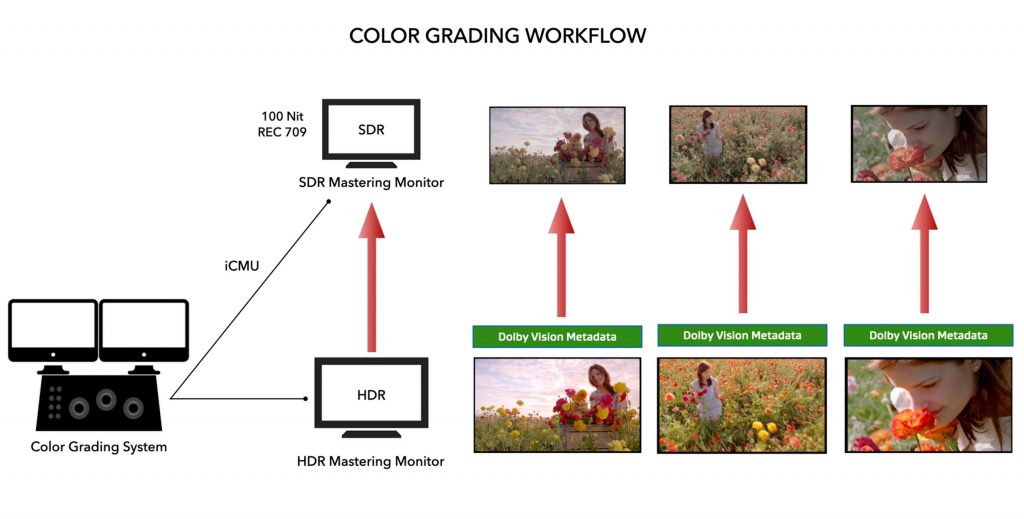
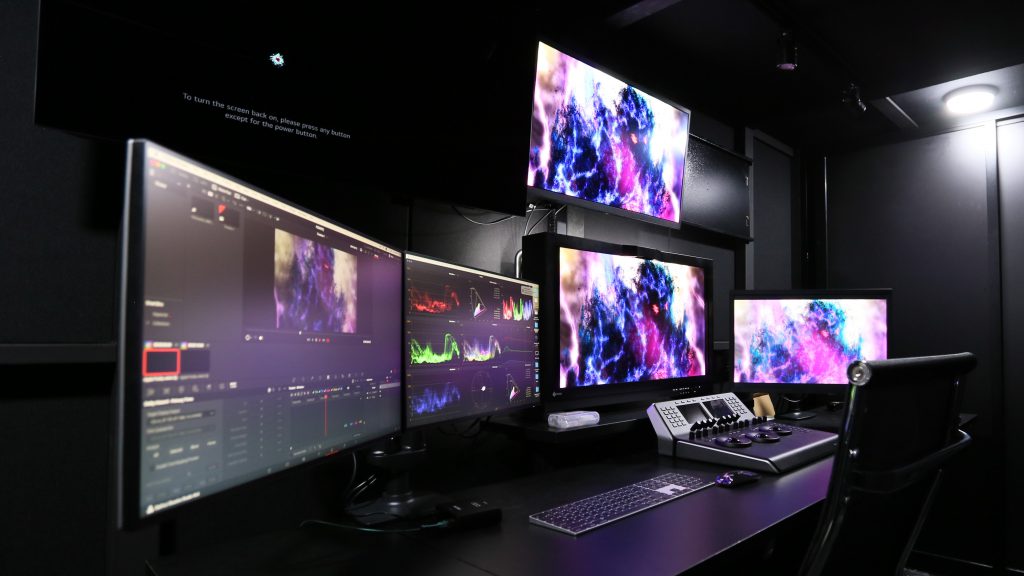
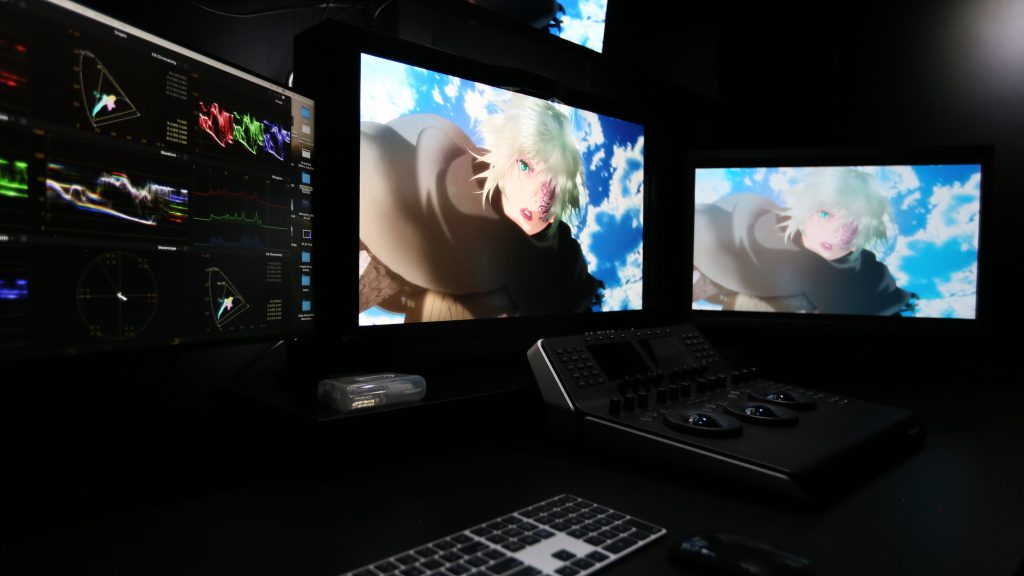
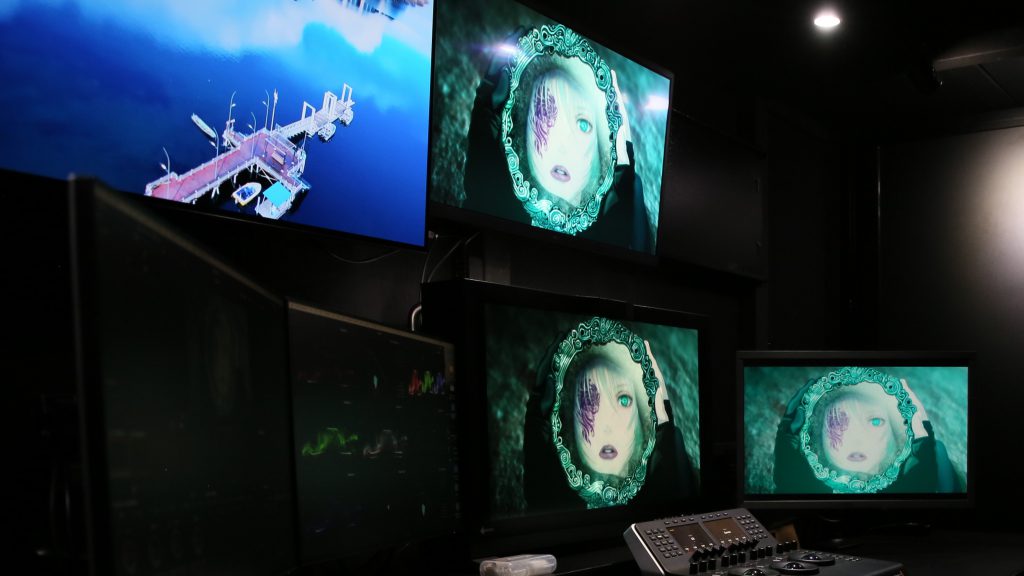
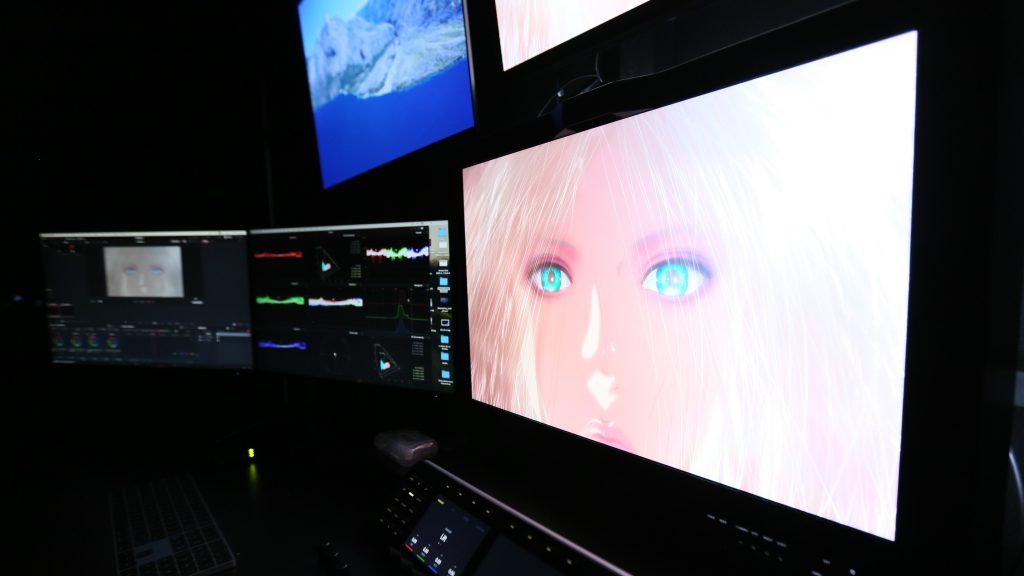
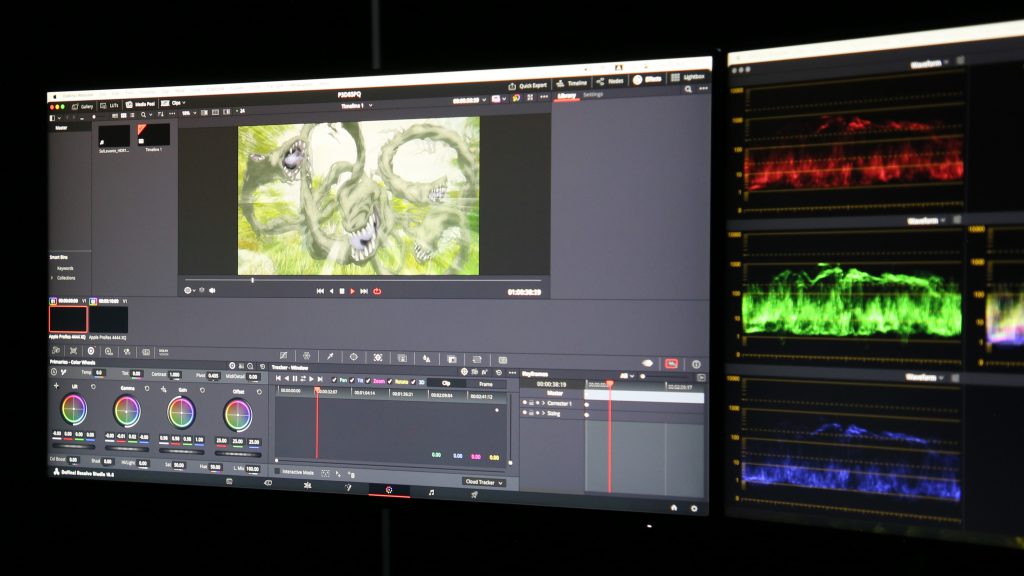
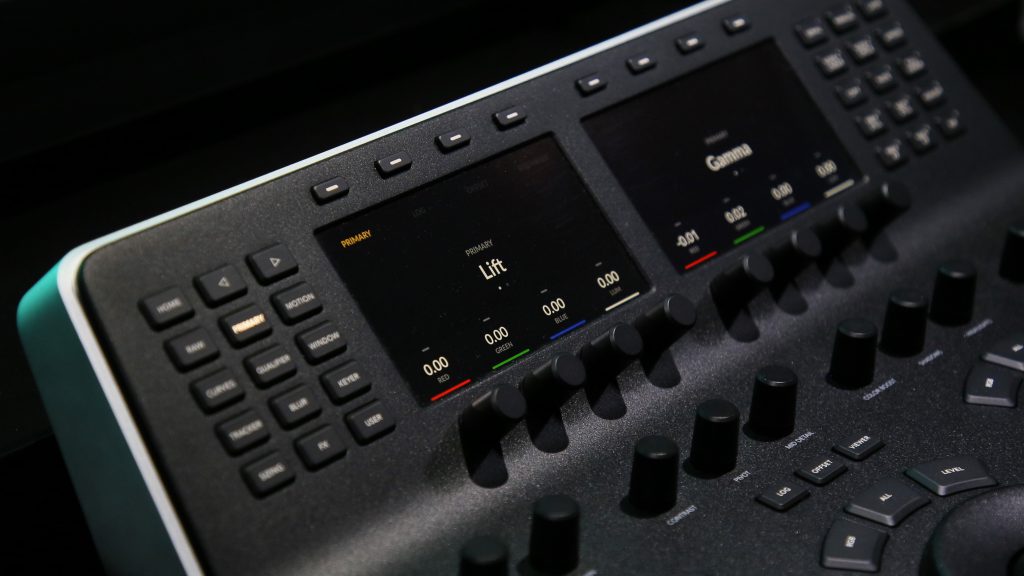
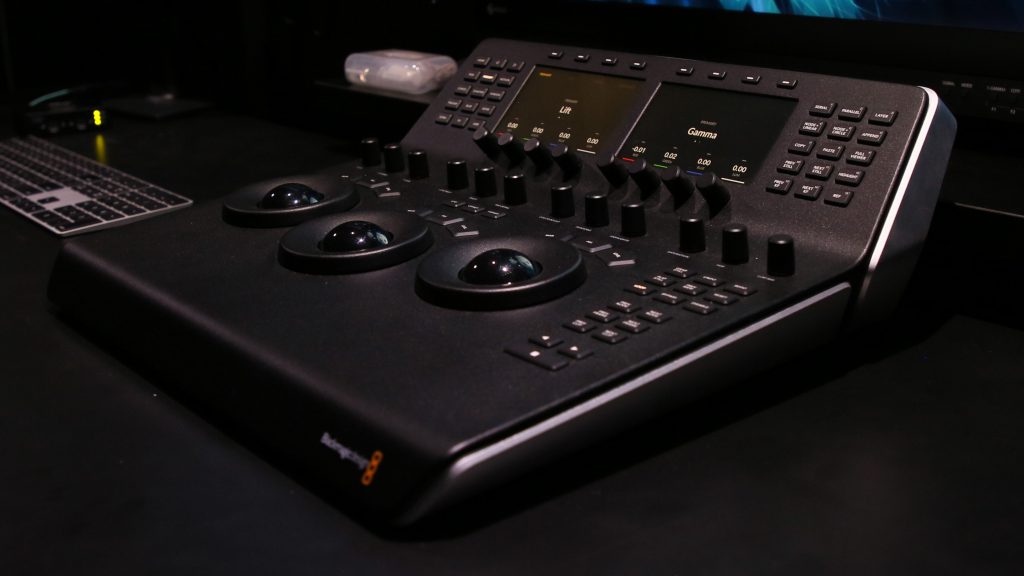
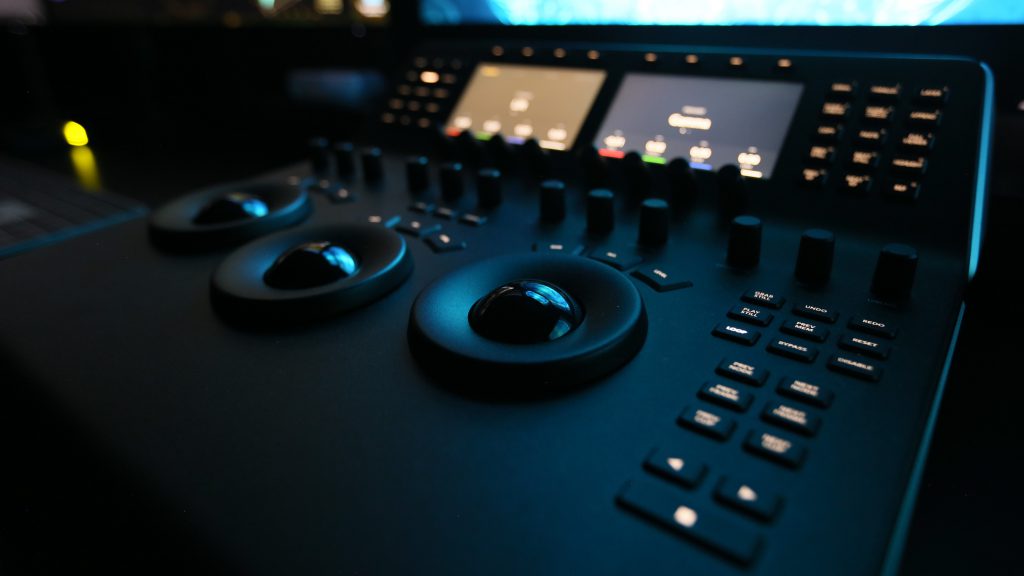
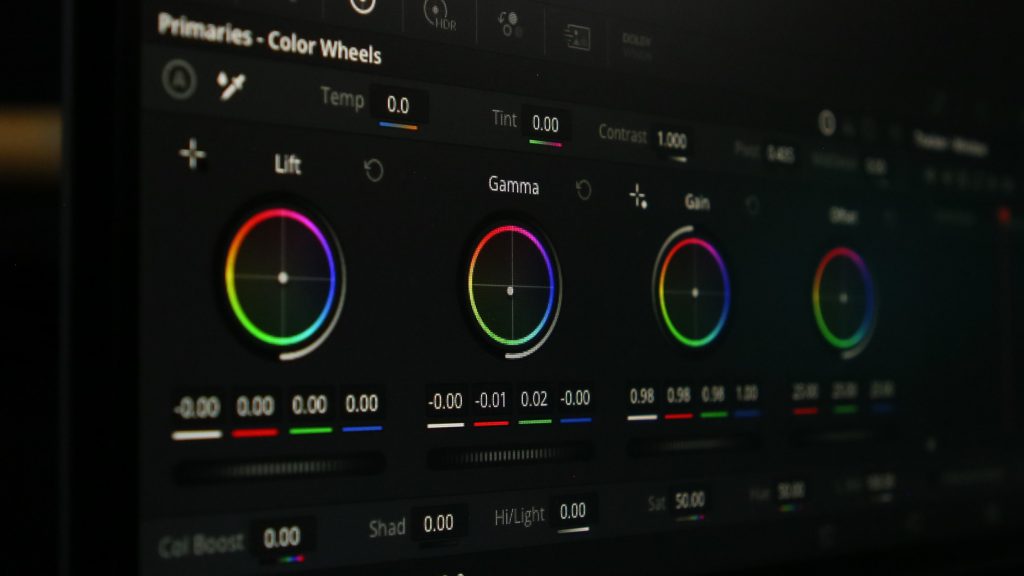
สนใจ Dolby Vision Color Grading ปรึกษาเรา sales@goldenduckgroup.com
ขอบคุณภาพและคลิปวิดีโอจาก professional.dolby.com
